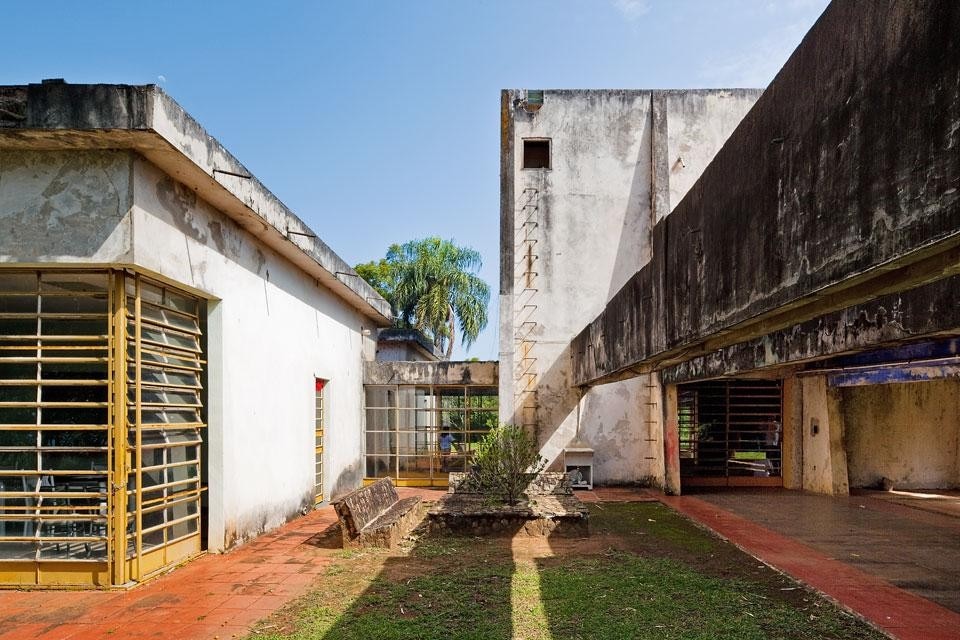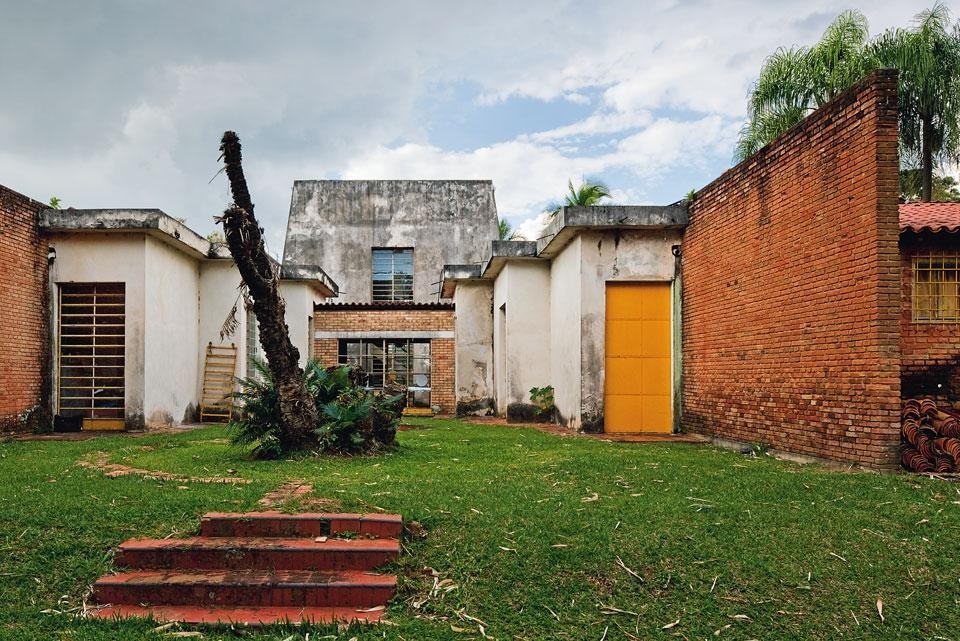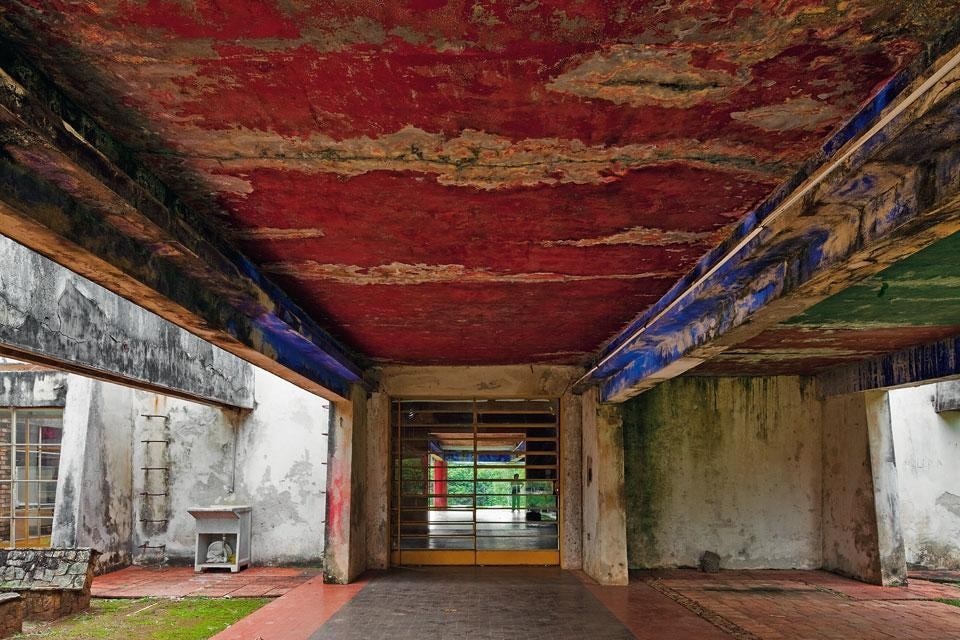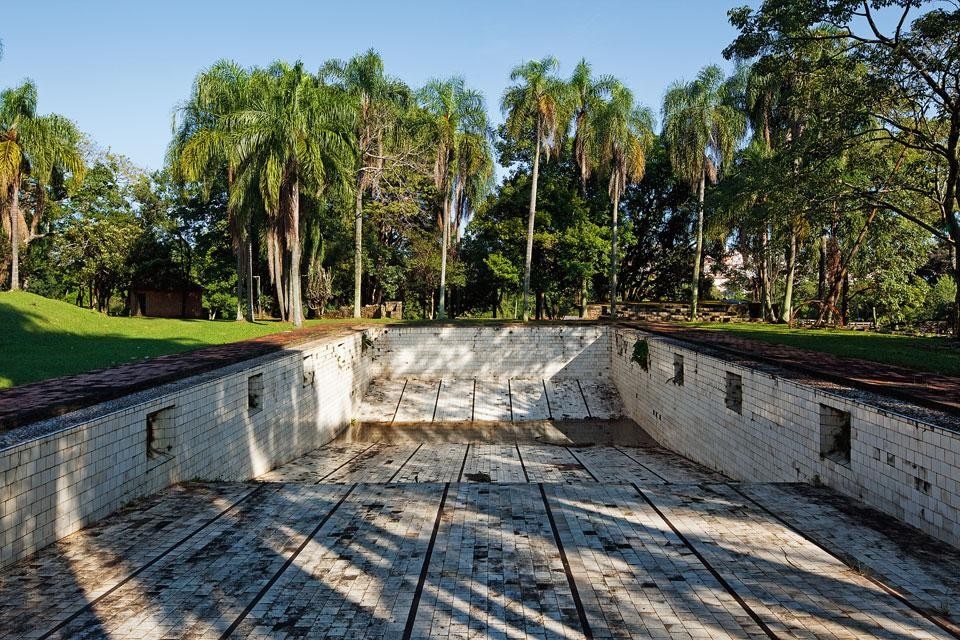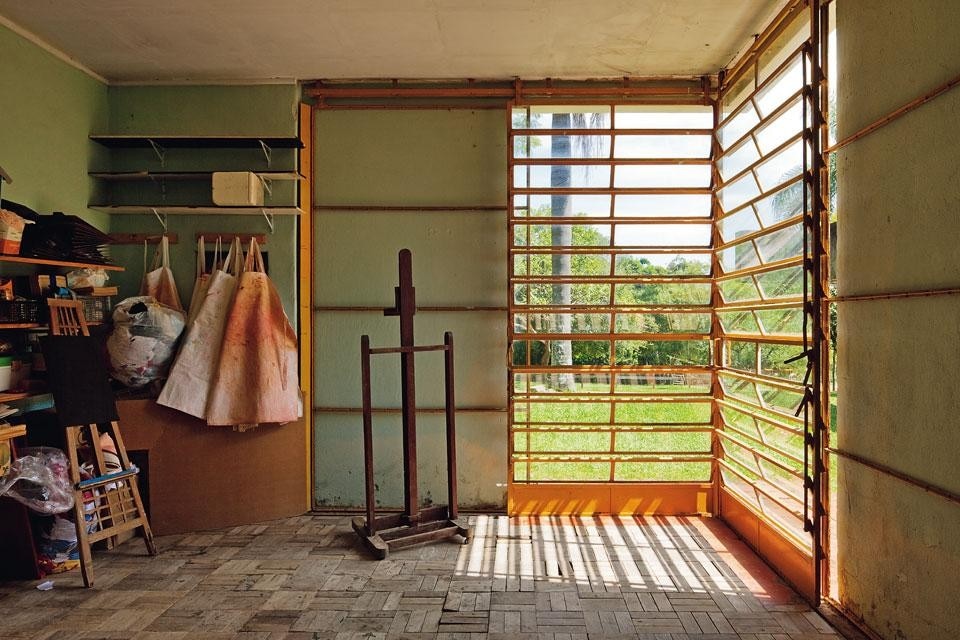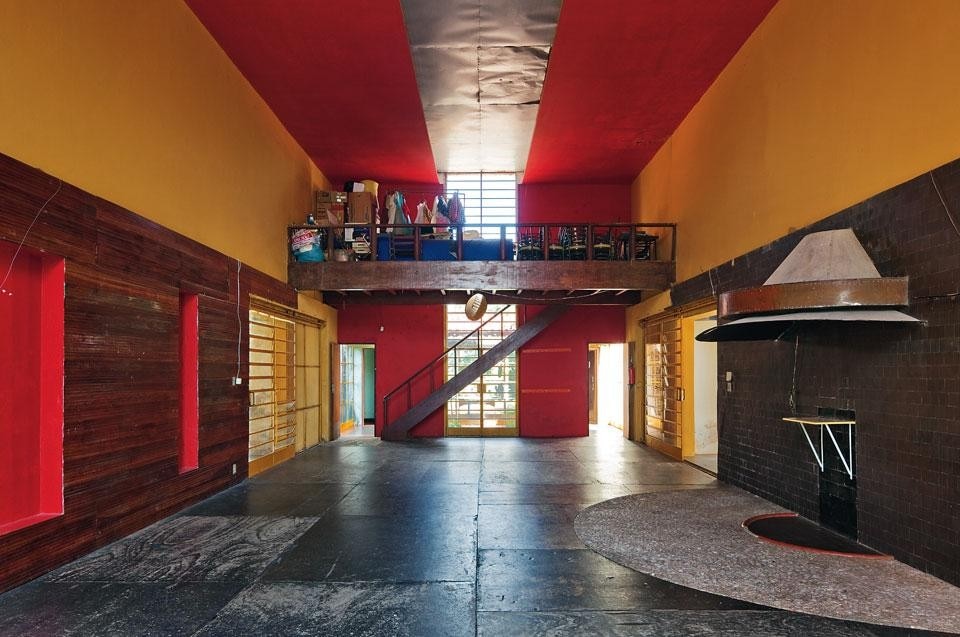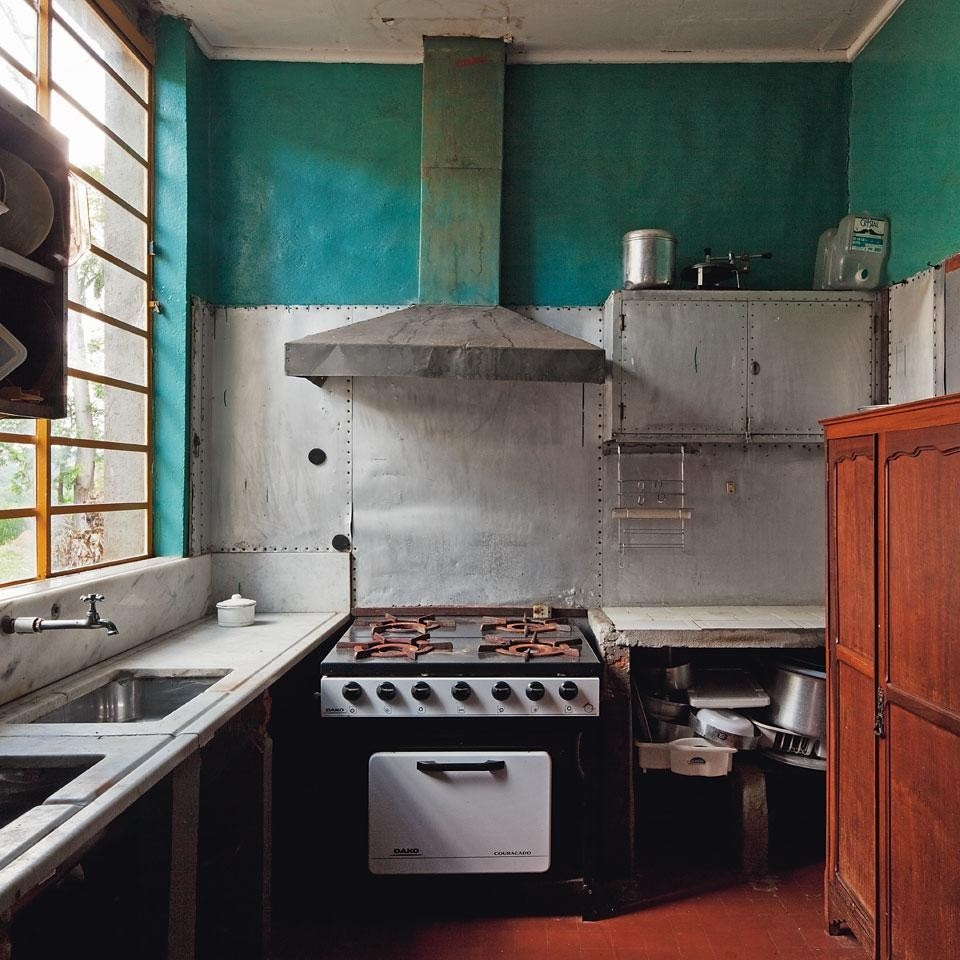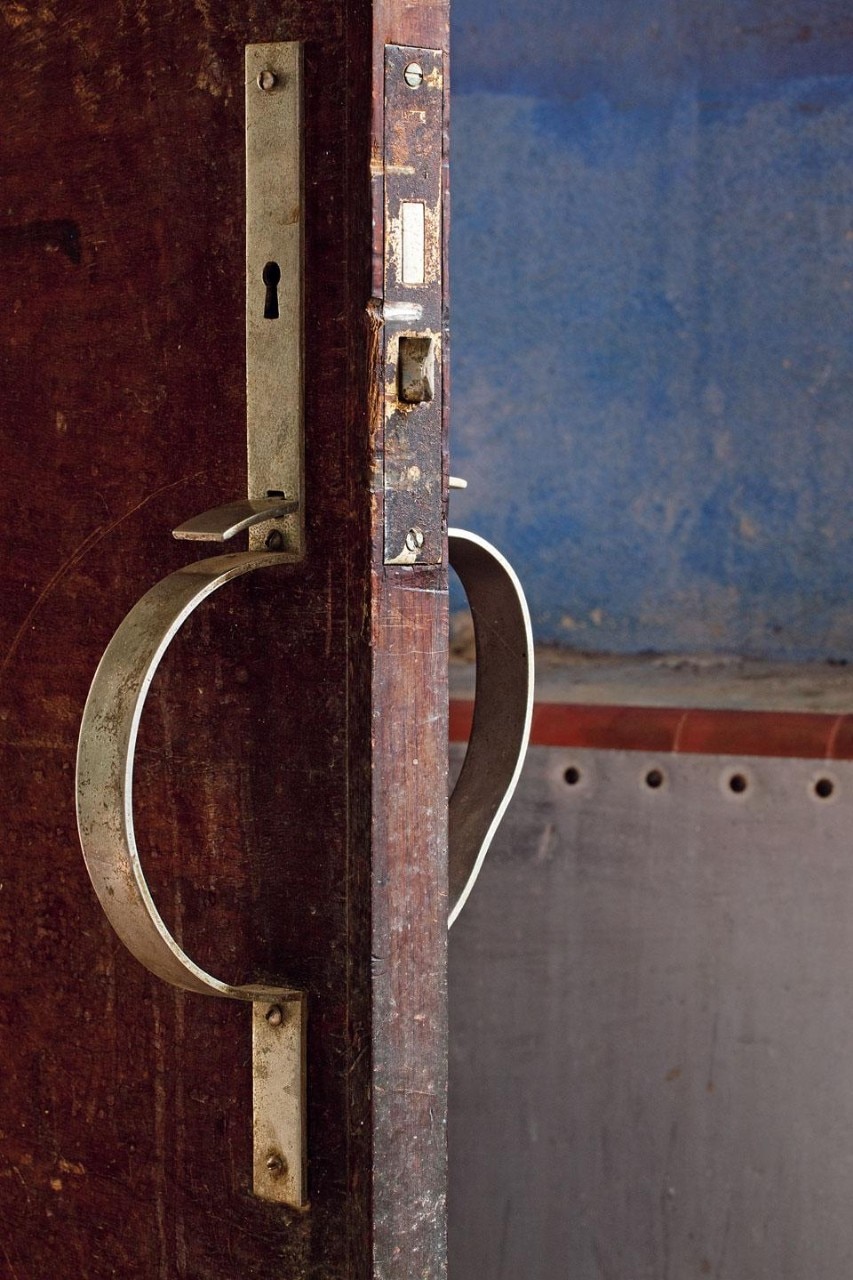Flávio de Carvalho (1899-1973) was one of the first examples of artistic expression lived out in the first person, capable of establishing an autonomous relationship with the media of his time in all their complex forms. His unique creative approach allowed him to recognise and kindle specific circumstances through which to stimulate and directly experience audience reactions. His were attempts to break down cultural barriers imposed by the society in which he lived.
Reflecting on the idea of transition, we may posit that historical revolutions display the characteristics of a collective trance, a kind of common effervescence that typifies moments of passage. It was a phenomenon that certainly affected Flávio de Carvalho, as seen in his artistic endeavours which were often provocative and ahead of their time.
During my stay in Campinas, in the state of São Paulo, Brazil, I had the opportunity to view the private archives and newspaper articles that Flávio de Carvalho kept. In the archives of the Universidade Estadual de Campinas (Unicamp), I was able to familiarise myself with, and understand more closely, the extraordinary human and artistic breadth of a personality who consistently favoured synthesis and exchange over theory and practice. Also in my own practice, I am interested in exploring the potential that the medium of performance — a hybrid vehicle halfway between action and communication — can engender, thanks to its intrinsic characteristics of unpredictability and randomness, its emotional intensity and organic nature, as if the performance acquires a life of its own.
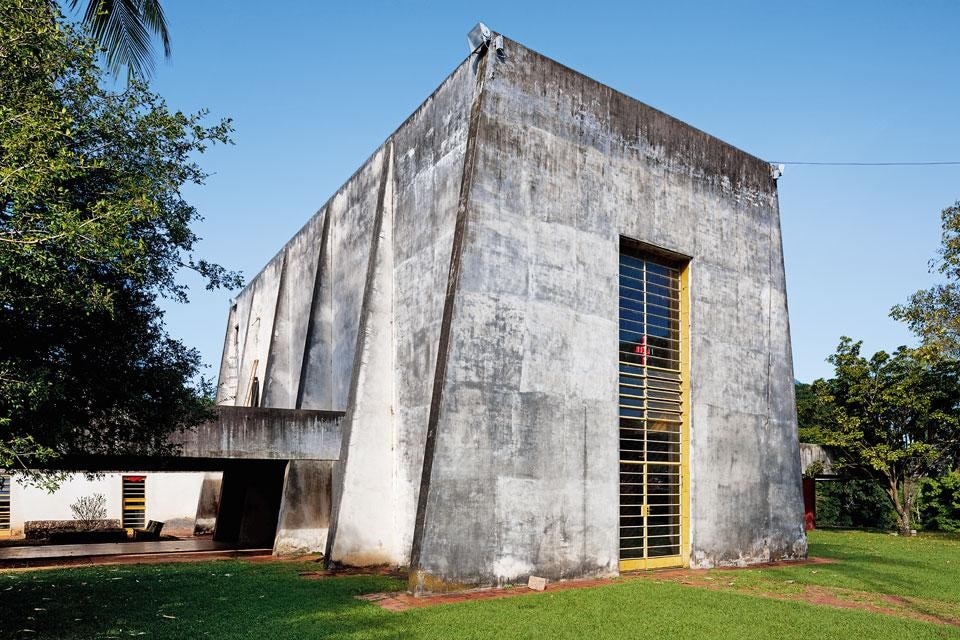
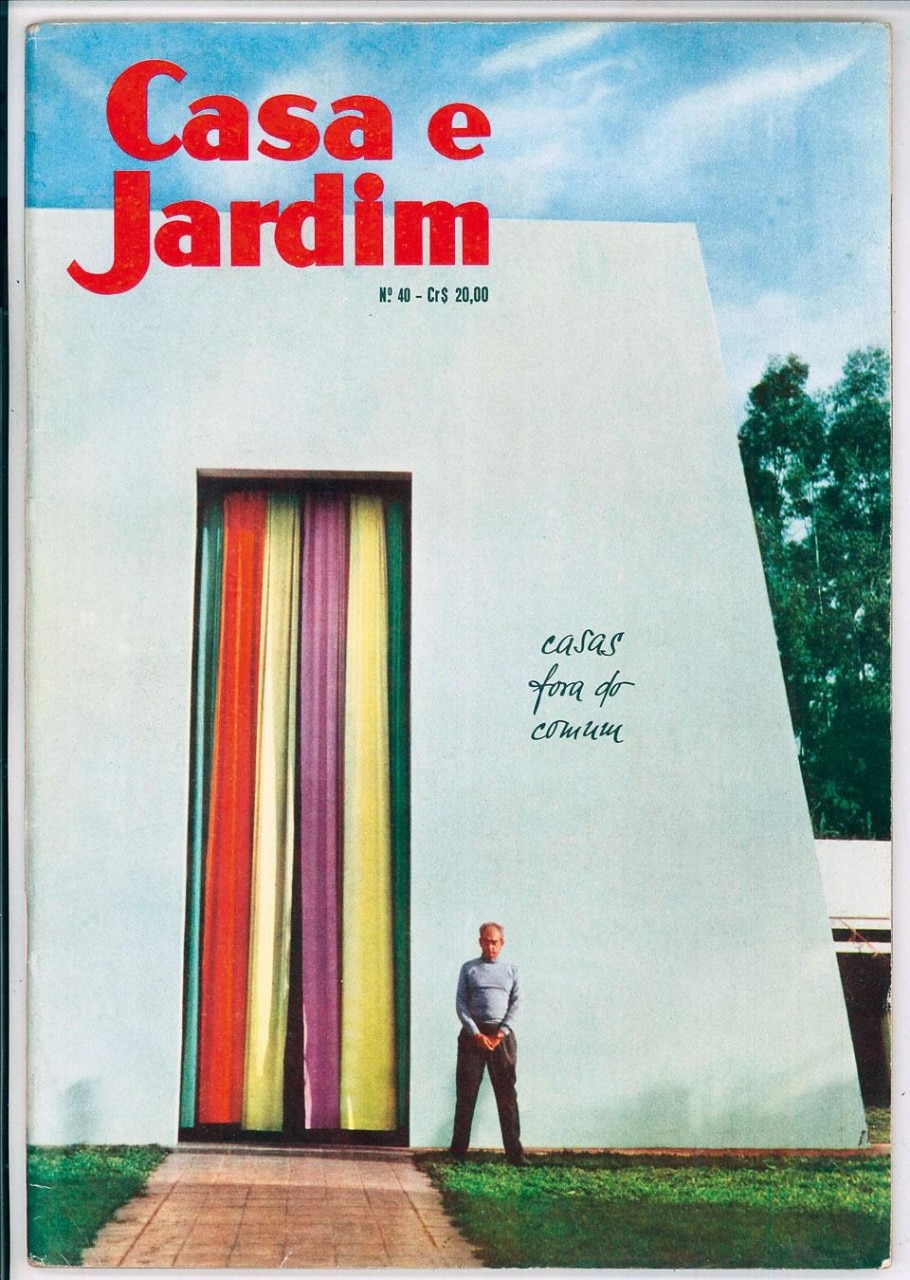
In “The city of naked men”, De Carvalho envisioned humanity liberated from religious taboos and living in urban structures arranged in concentric circles
